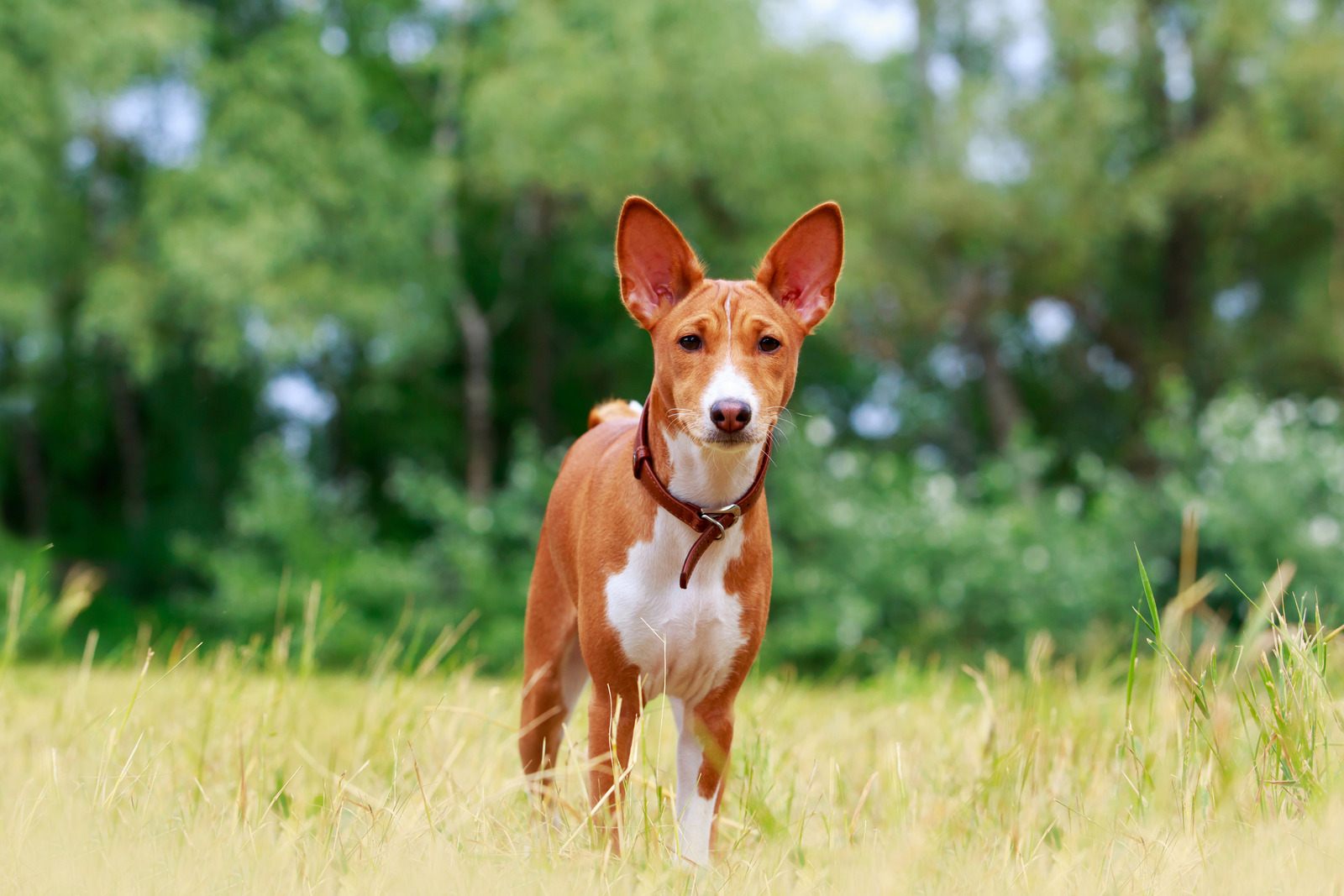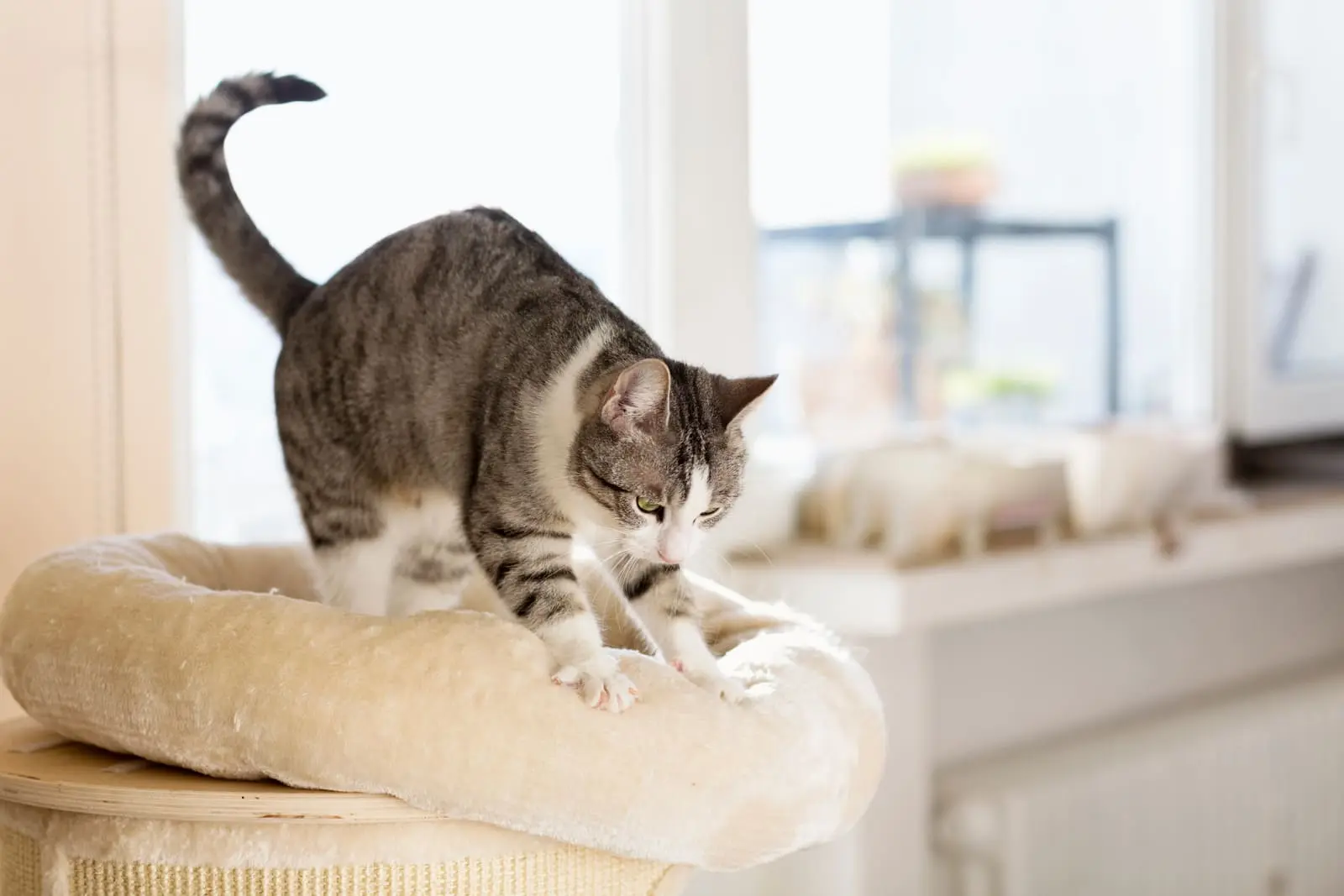
Kneading with paws, also known as ‘milk treading’, is a common behavior in cats. This behavior is not random, as it has a range of interesting causes. Curious about why cats knead, what you can do if it becomes uncomfortable, and how your cat communicates its feelings with other behaviors? Be sure to read on!
What exactly is cat kneading?
Cat kneading, also known as ‘milk treading’, is the rhythmic pushing of paws on a soft surface like a blanket, pillow, or sometimes even your lap. During kneading, cats often alternate their front paws in a treading motion. This behavior is sometimes accompanied by a contented purr and a relaxed expression.
Why do cats knead?
There are several reasons why cats knead. We list the most important ones for you:
- An instinct from the kitten phase: Kittens knead to stimulate their mother’s milk production. They often retain this instinct as they grow older.
- Marking territory: Cats have scent glands in their paw pads. How cool is that? By kneading, they leave their scent and claim their spot.
- Comfort and relaxation: Kneading helps cats reduce stress and feel at ease.
- Showing affection: If your cat approaches you while kneading, it can be a sign of love and affection, especially if accompanied by purring. Love is in the air…
- Preparing for sleep: Cats sometimes make a ‘nest’ by gently kneading before lying down. This behavior stems from their wild ancestors who flattened grass or leaves to create a sleeping spot. You didn’t know that, did you?
What if your cat’s kneading hurts you?
Your cat’s kneading with their sharp claws can be painful, especially if your cat is on your lap. Fortunately, you can reduce this discomfort.
You can regularly trim your cat’s nails to make them less sharp. You can also place a thick blanket or pillow between you and your cat so they can knead into that instead of directly on your legs.
Other ways your cat wants to communicate with you/ Other common cat behaviors
Besides kneading, your cat has other interesting ways to communicate with you. Here are some common behaviors you might have seen your cat do:
Purring
When your cat purrs, she is relaxed and feels comfortable around you. It’s a clear sign of contentment.
Headbutting
Headbutting is a typical way to show affection and rub her scent on you. When your cat headbutts you, she’s greeting you and showing that she likes you.
Grooming
Cats groom each other within social groups, so giving you licks is a sign of a strong bond. If your cat gives you licks, she’s showing you love.
Blinking
A slow blink from your cat means trust. She’s showing that she feels safe with you. If you blink back, you reinforce this message. Try it next time!
Raised tail
A raised tail means your cat is happy or greeting you. You often see this behavior when you come home or fill her food bowl. But watch out for a raised, puffed-up tail: this indicates fear or aggression!
With this knowledge, you can now communicate even better with your beloved cat. Let that bond grow!



